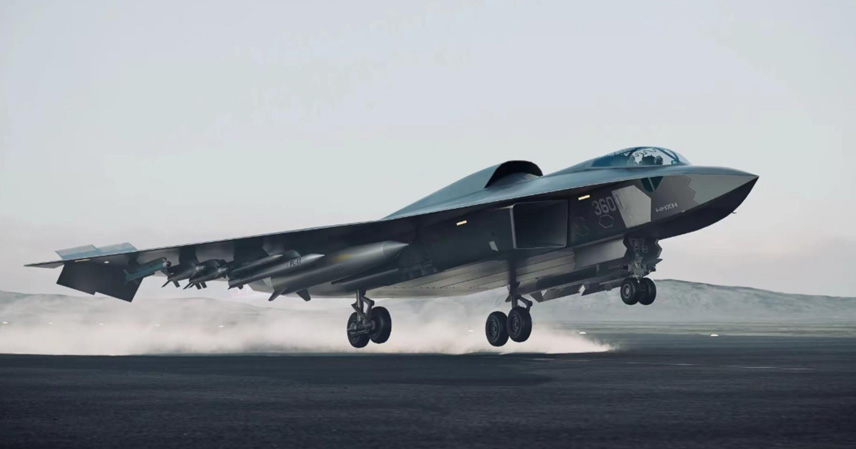In recent years, the Chinese Air Force has advanced steadily in technological innovation, particularly in the field of fighter aircraft. The leap from fifth-generation to sixth-generation platforms highlights the nation’s growing aviation capabilities and self-reliance.
On December 26, 2024, the Chengdu Aircraft Industry Group’s J-36 completed its maiden flight. Featuring a pure flying-wing configuration, the J-36 made China the world’s first nation to publicly test a fully stealth sixth-generation fighter.
Around the same time, the Shenyang Aircraft Industry Group’s J-50 also took to the skies. The parallel development of these two fighters reflects diversified design paths and a dual-track strategy backed by long-term research in advanced materials and propulsion systems—ensuring a comprehensive upgrade to the Air Force’s arsenal.
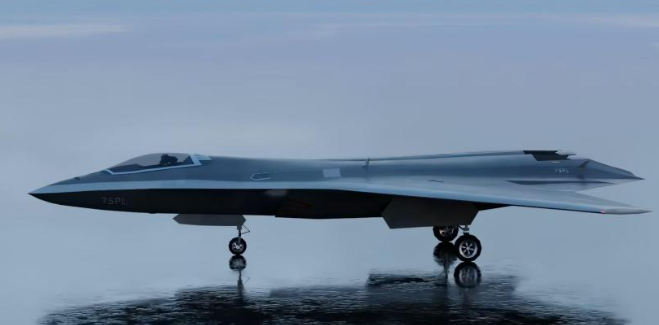
J-36: A Pure Flying-Wing Design
The J-36 emphasizes all-aspect stealth and large internal weapons bays. Lacking vertical tails and canards, its radar cross-section is dramatically reduced. Aerodynamic optimization cut wetted area by nearly one-third, further improving low observability.
During the maiden flight, accompanied by other aircraft, the J-36 flew with landing gear extended for stability monitoring. Its second independent flight on March 17, 2025, retracted the landing gear, confirming structural reliability. By March 25–26, consecutive test flights focused on maneuverability and sensor integration. On April 1, its fifth flight took place within 90 days of the first—demonstrating confidence in digital simulations and wind tunnel validation.
On June 2, the first frontal photos emerged, revealing a twin-seat cockpit for enhanced mission coordination and extended-range operations. A heavy nose, streamlined lines, and an expansive weapons bay suggested capacity for multiple large-scale munitions.
Reports in August indicated a triple-engine configuration, offering thrust redundancy and sustained high-altitude performance. Compared with fifth-generation fighters, the J-36’s stealth is exponentially superior, and its payload capacity significantly larger.
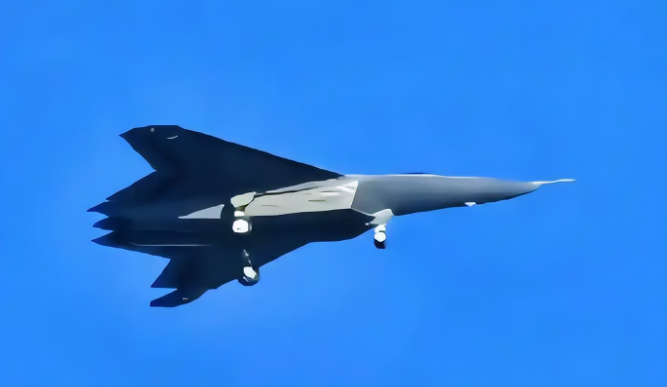
J-50: Speed and Carrier Adaptability
While the J-36 prioritizes stealth, the J-50 emphasizes speed and agility. Featuring a lambda wing combined with integrated foreplanes and all-moving wingtips, it optimizes supersonic cruise.
High-resolution images from April 17, 2025, revealed a circular exhaust nozzle—hinting at a variable-cycle engine capable of seamless transition from subsonic to high-Mach speeds. Subsequent photos confirmed a bubble canopy, piloted configuration with unmanned potential, and dual-wheel front landing gear with an arrestor hook, suggesting carrier compatibility.
By June, dense flight test footage highlighted the aircraft’s innovative aerodynamic control surfaces, enhancing maneuverability. Reports on July 13 confirmed progress on a carrier-based version, possibly making it the world’s first sixth-generation naval fighter.
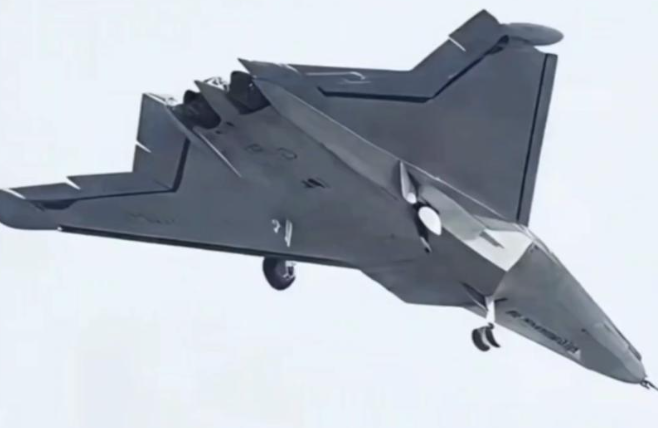
J-20’s “Beast Mode” Emerges
Amid sixth-generation breakthroughs, the J-20 reappeared in February 2025 with a new external weapons configuration dubbed “Beast Mode.” Photos showed four dual pylons carrying eight PL-15 missiles under the wings, combined with six internal missiles for a total of 14—expandable to 16, including long-range PL-17s with 500 km reach.
Videos circulated on February 10 showcased the loadout, while foreign media compared it to the U.S. F-35 but noted the J-20’s greater thrust and payload. U.S. outlets highlighted the rarity of such images, underscoring the J-20’s shift toward multi-role flexibility.
While Beast Mode sacrifices some stealth, it greatly expands operational versatility. External loadouts allow the J-20 to carry heavy weapons like YJ-91 anti-ship missiles or KD-83 air-to-ground munitions, enabling both air superiority and strike missions. Compared to internal-only loadouts capped at 300 km, the external PL-17 extends engagement range to 500 km, offering enhanced tactical flexibility.
Modular racks support rapid reconfiguration, transforming the J-20 from a stealth-centric fighter into a heavily armed platform. Online commentary captured public sentiment: “With the J-36 out, the J-20 is moving to a new role,” one post quipped. Another described it as evolving into an “all-round warrior.”
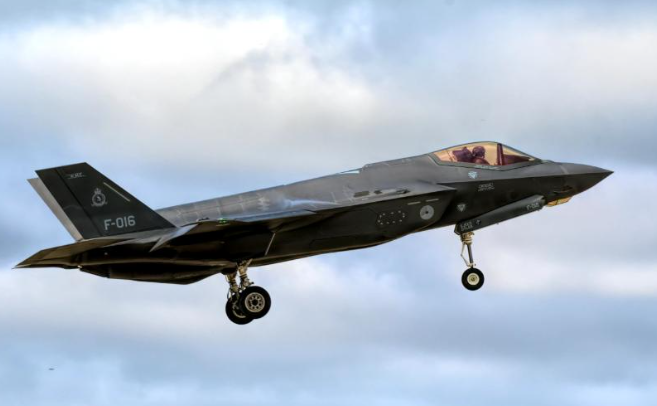
Toward a Sixth-Generation Era
By August 2025, a third tailless prototype appeared, adopting a “triple-zero” layout with dual-wheel landing gear, signaling multi-role adaptability. Data releases on the J-50 emphasized network warfare integration. Analysts described the surge in test flights as an “explosion of progress” in Chinese aviation.
Together, these developments illustrate how the emergence of sixth-generation fighters is reshaping the Air Force. The J-36’s stealth surpasses the canard-lift design of the J-20, offering smaller radar and infrared signatures. The J-50’s speed fills the high-altitude interception gap, with Mach 2.8 cruise and superior agility.
Meanwhile, the J-20 adapts, expanding roles to avoid overlap with newer platforms. From escort flights to electromagnetic environment testing and loyal wingman integration, its path reflects an evolution toward multi-domain operations. Internationally, while the U.S. F-47 lags, China’s rapid advances are forcing rivals to rethink strategy.
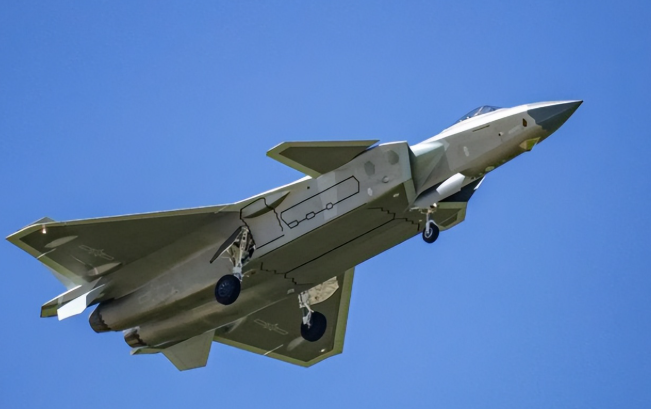
Conclusion
The debut of the J-36 is not an endpoint but a signal of a new beginning, while the J-20’s transformation underscores adaptability. Future mixed formations of fifth- and sixth-generation fighters will strengthen China’s aerial capabilities. Behind netizens’ jokes lies pride in national strength, powered by sustained investment and team effort, ensuring the Air Force remains a global competitor.

